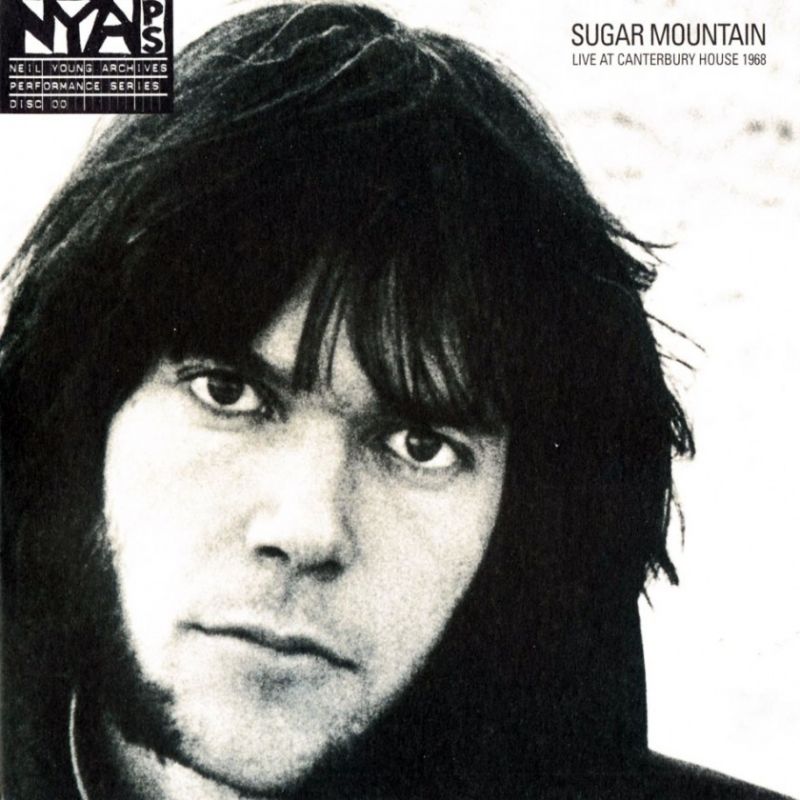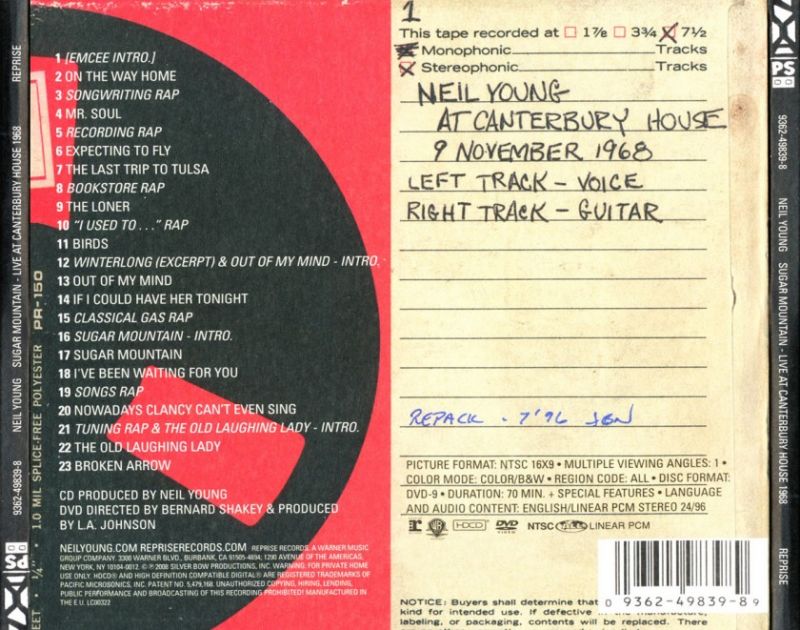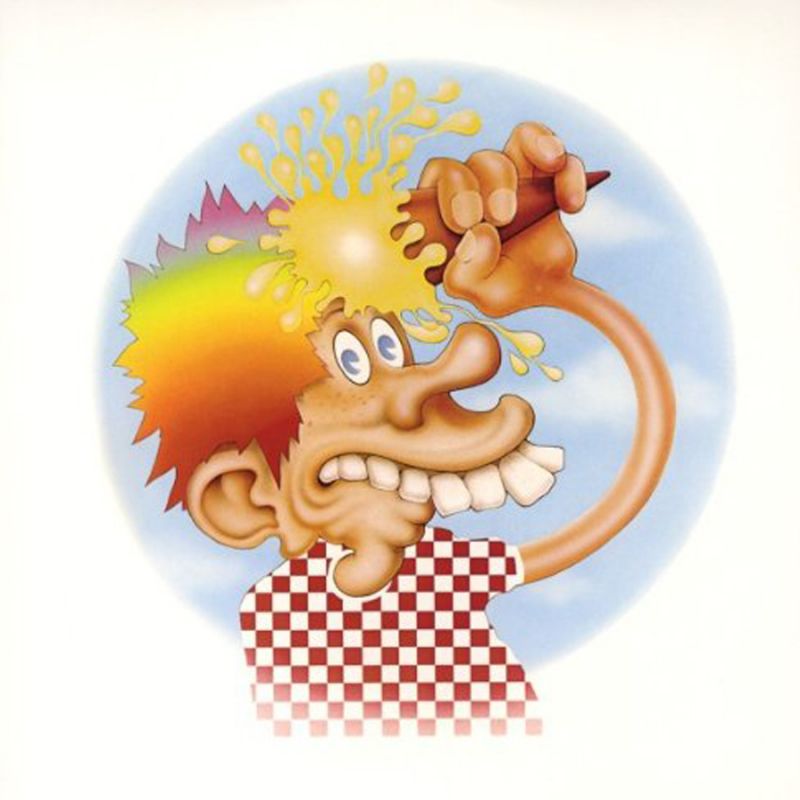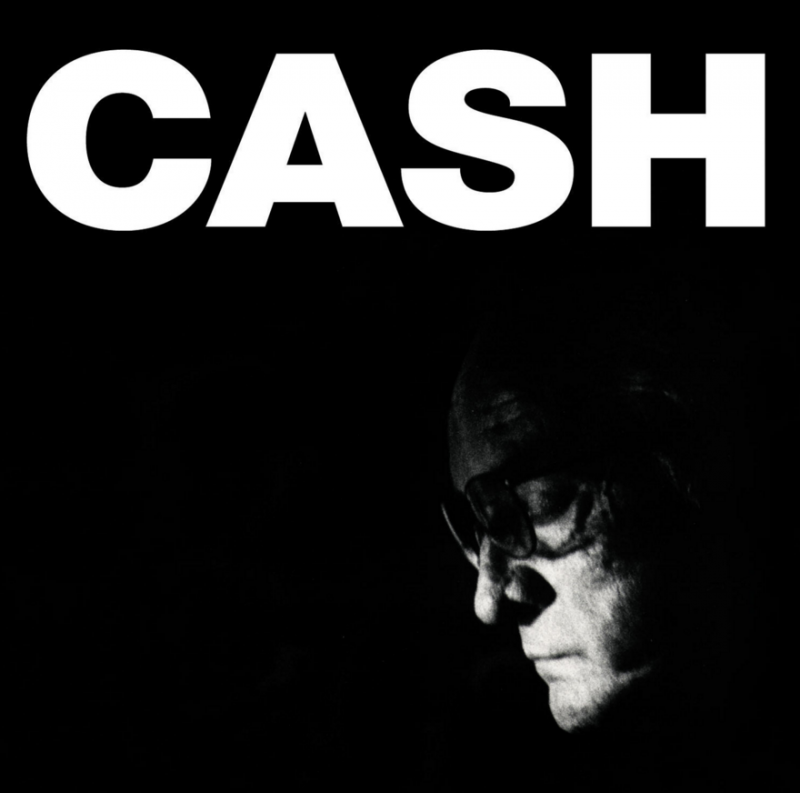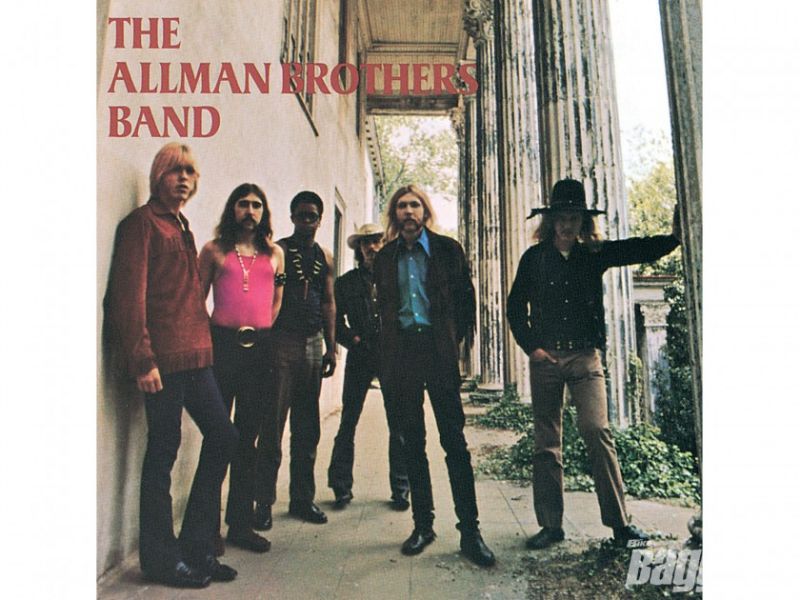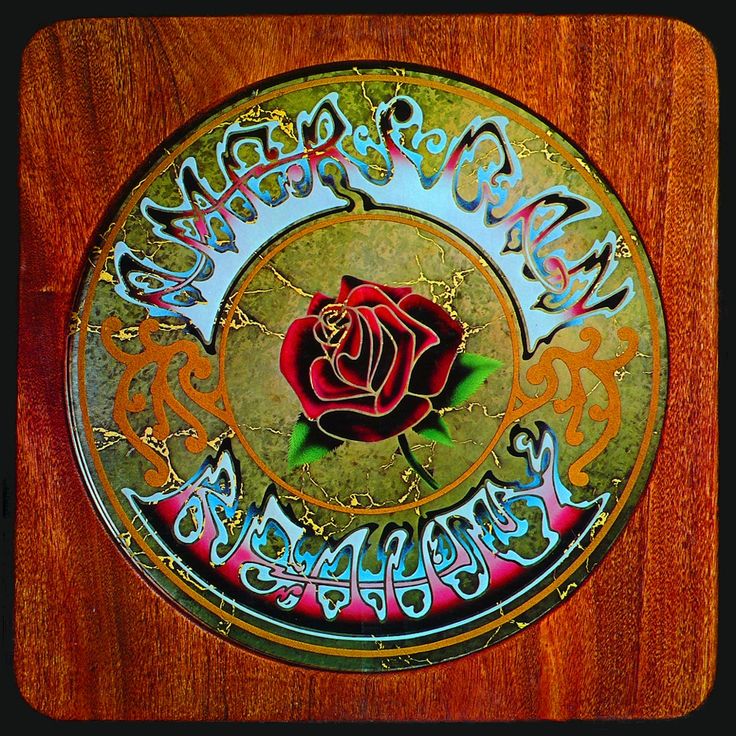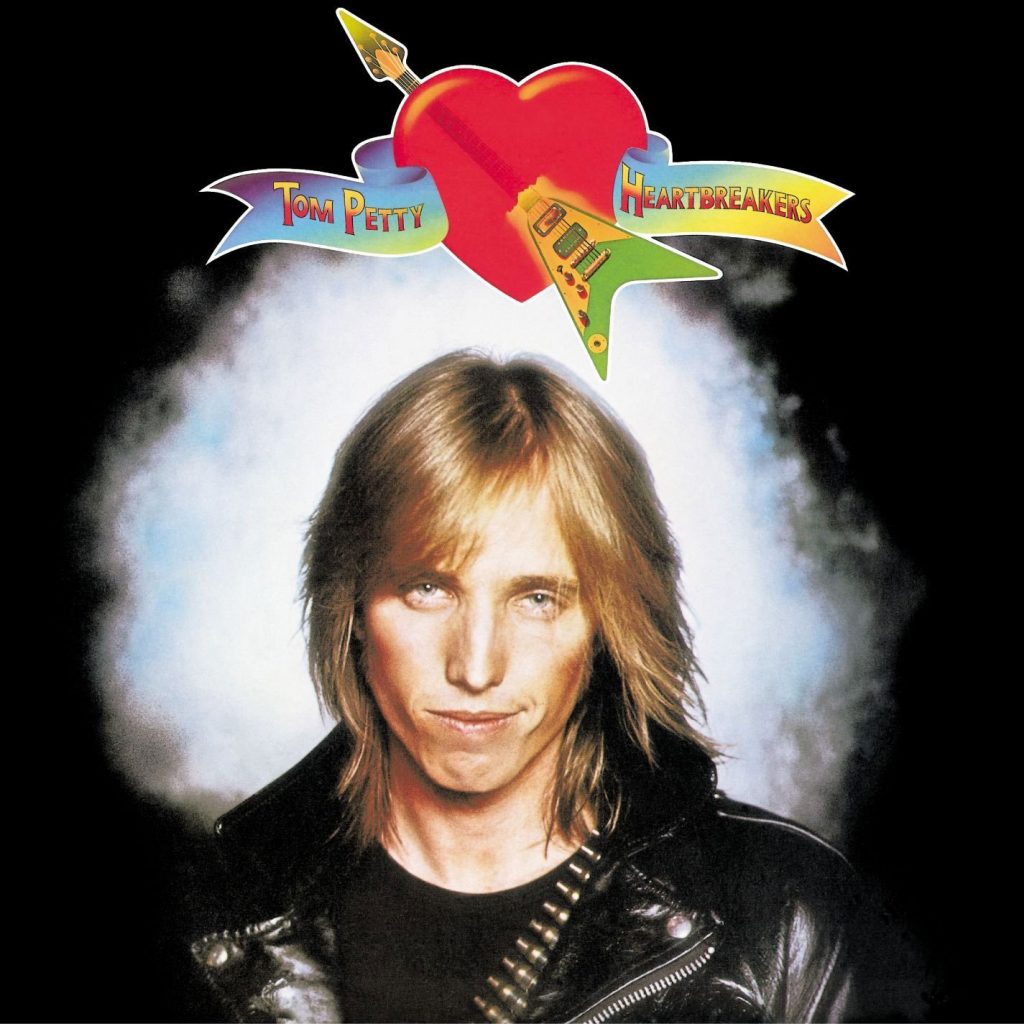
“At the time Tom Petty & the Heartbreakers’ debut was released in 1976, they were fresh enough to almost be considered punk. They weren’t as reckless or visionary as the Ramones, but they shared a similar love for pure ’60s rock and, for the Heartbreakers, that meant embracing the Byrds as much as the Stones. And that’s pretty much what this album is — tuneful jangle balanced by a tough garage swagger. At times, the attitude and the sound override the songwriting, but that’s alright, since the slight songs (“Anything That’s Rock ‘N’ Roll,” to pick a random example) are still infused with spirit and an appealing surface…”
– Stephen Thomas Erlewine (Allmusic)
Tom Petty and the Heartbreakers is the debut album by the band of the same name, released on November 9, 1976 by Shelter Records.
Initially following its release, the album received little attention in the United States. Following a British tour, it climbed to number 24 on the UK albums chart and the single “Anything That’s Rock ‘n’ Roll” became a hit in the UK. After nearly a year and many positive reviews, the album reached the U.S. charts, where it peaked at number 55 in 1978 and eventually went Gold. The single “Breakdown” cracked the Top 40 in the U.S. and “American Girl” became an FM radio staple that can still be heard today.
I got the album in 79 and it made me a Tom Petty & The Heartbreakers fan for life. Continue reading “November 9: Tom Petty & The Heartbreakers released their self titled debut in 1976”
